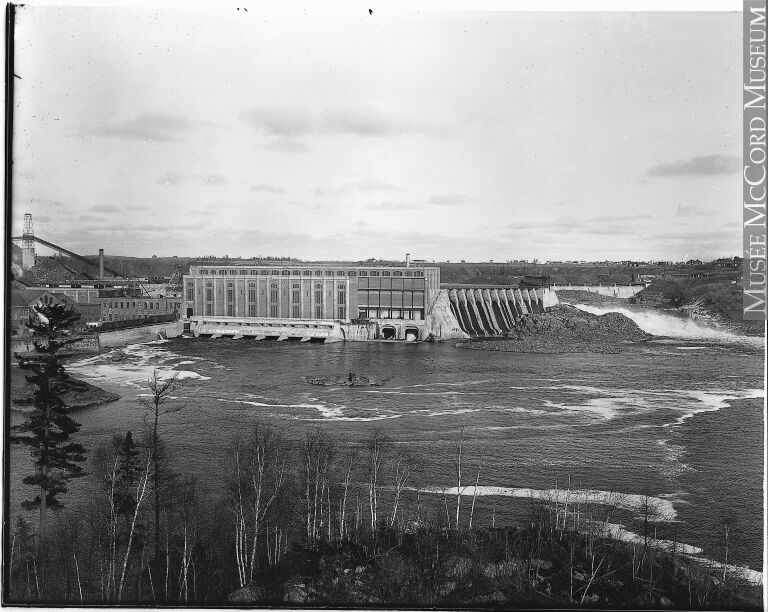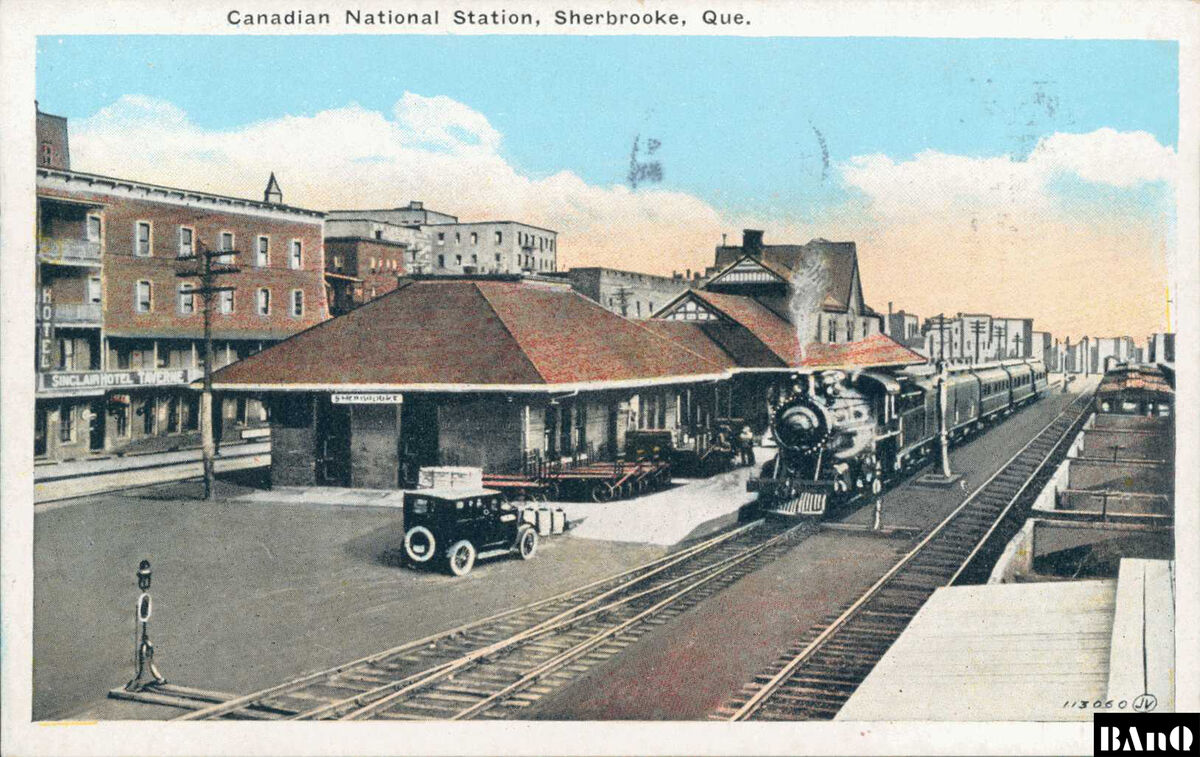1896 marked the beginning of a period of prosperity which significantly contributed to Canada’s second period of industrialization. Industries diversified and new techniques were created such as hydroelectricity production. During this new industrialization phase, companies would grow at an unprecedented scale.
Capitalism is an economic system based on private property as a means of production in which profit and having capital (money) are important. Capitalism promotes individual initiative and competition between companies.
According to this ideology, company owners make the most money, not the workers. This involves significant competition between companies, with each owner wanting to make a more profit than their competitors.
The monopoly capitalism system was established during the second industrial phase. The objective of this system is to monopolize a sector to make the largest profit. This means that one company controls a very large portion or even all of the trade of a product, resource or form of energy. It can control the product’s manufacture and sale and set its price, since there are no competitors who can offer a better price. This form of capitalism was the basis for the hydroelectric and pulp and paper industries.
Companies tend to achieve a monopoly through buyouts or mergers. To gain a larger market share, some companies buy out their direct competitors to limit competition while others may decide to join forces to have a greater impact on the market. For example, the Montreal Gas Company and the Royal Electric Company merged to become Montreal Light, Heat and Power. Since this company was a very large player with few competitors, it controlled the price of gas and electricity.

A publication from Montreal Light, Heat & Power, a company created when two companies merged to monopolize the market.
Source: Publicité de la compagnie vantant la capacité de Montréal Light Heat & Power Consolidated à fournir l’électricité et le gaz à la population de Montréal [Newspaper extract], Montreal Light, Heat and Power, 1926, Wikimedia Commons. (URL).[1]
Inspired by the values of economic liberalism, the government gave private companies access to the province’s natural resources in exchange for money. To encourage investors to settle in the territory, the government implemented various measures, including lowering tariffs and offering subsidies to businesses as well as developing various infrastructures such as roads and railroads.
The Quebec government saw economic liberalism as a way to stimulate the province’s economy. Attracting businesses to Quebec not only created new jobs for workers, it also generated revenue for the government. Companies had to pay the government to use the territory’s resources. This resulted in the Quebec government making significant revenue from the new industries and companies that moved into the province.
-
According to economic liberalism, the state must intervene as little as possible in the economy and commercial exchanges. Free trade is a measure that abolishes anything that hinders trade, such as custom tariffs. Economic liberalism is the opposite of protectionism.
-
Capital is the property or money owned by a person, company or country. Capital can be used to make investments.
Most of the capital invested in the second industrial phase came from American companies, although there were still several investors from the United Kingdom.
Because American companies had greater buying power, they often moved into the territory to extract resources. They were especially interested in mining, hydroelectricity and pulp and paper, which were abundant in Quebec and highly sought after by the United States.

A dam owned by the Shawinigan Water and Power Company, established largely thanks to American capital
Source: Vue d’ensemble de la Shawinigan Water and Power Co., Shawinigan, QC, 1917 [Photograph], Wm. Notman & Son, 1917, Musée McCord Stewart, (URL).[2]
The numerous foreign investments supported the government, which aimed to create factories, jobs and new infrastructure in the province. Companies’ main interest in building infrastructure was to gain easier access to natural resources. It also allowed them to transport resources to the factories and export them. Roads, railroads and hydroelectric transmission networks were built thanks to foreign capital.
However, the arrival of these foreign companies often disadvantaged French-Canadian companies, which did not have the means to compete with them.
Since the United States shared a border with Canada and many of its investors were American, the United States became an important trading partner. The United Kingdom was also an important economic partner for Canada. In fact, Canada exported the majority of its raw materials and finished products to these two countries. In Quebec, exports from the agricultural sector remained important, but were gradually being replaced by exports from the manufacturing sector.

The Canadian National Railway in 1920
Source: Station du Canadien National, Sherbrooke, Québec [Photograph], (n.a.), circa 1920, Bibliothèque et Archives nationales du Québec, (URL). *Rights reserved [3]
Canada also diversified its imports by making agreements with other countries in order to meet the demands of the population, for Caribbean sugar, for example, and industries, such as bauxite for aluminum smelters. Finished products were also imported from Europe and the United States to be sold in Canada.
Attention! Une erreur s'est glissée dans cette vidéo à 5 min 22 s. Le droit de voter aux élections fédérales est accordé aux femmes en 1918.
-
Montreal Light, Heat and Power. (1926). Publicité de la compagnie vantant la capacité de Montréal Light Heat & Power Consolidated à fournir l’électricité et le gaz à la population de Montréal [Newspaper extract]. Wikimedia Commons. (URL).
-
Wm. Notman & Son. (1917). Vue d’ensemble de la Shawinigan Water and Power Co., Shawinigan, QC, 1917 [Photograph]. Musée McCord Stewart, (URL).
-
(n.a.). (circa 1920). Station du Canadien National, Sherbrooke, Québec [Photograph]. Bibliothèque et Archives nationales du Québec. (URL). *Content used by Alloprof in compliance with the Copyright Act in the context of fair use for educational purposes. [https://laws-lois.justice.gc.ca/eng/acts/c-42/page-9.html].